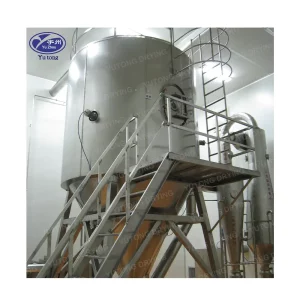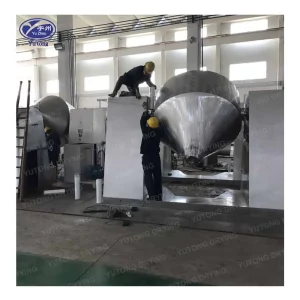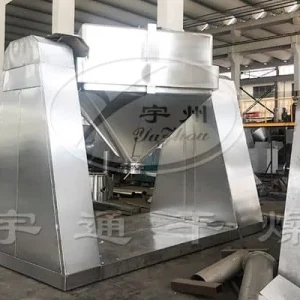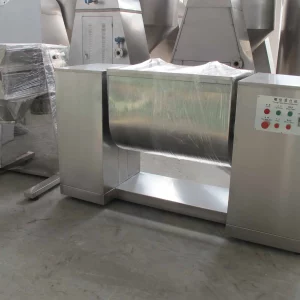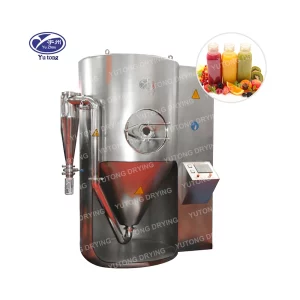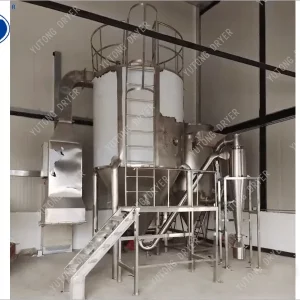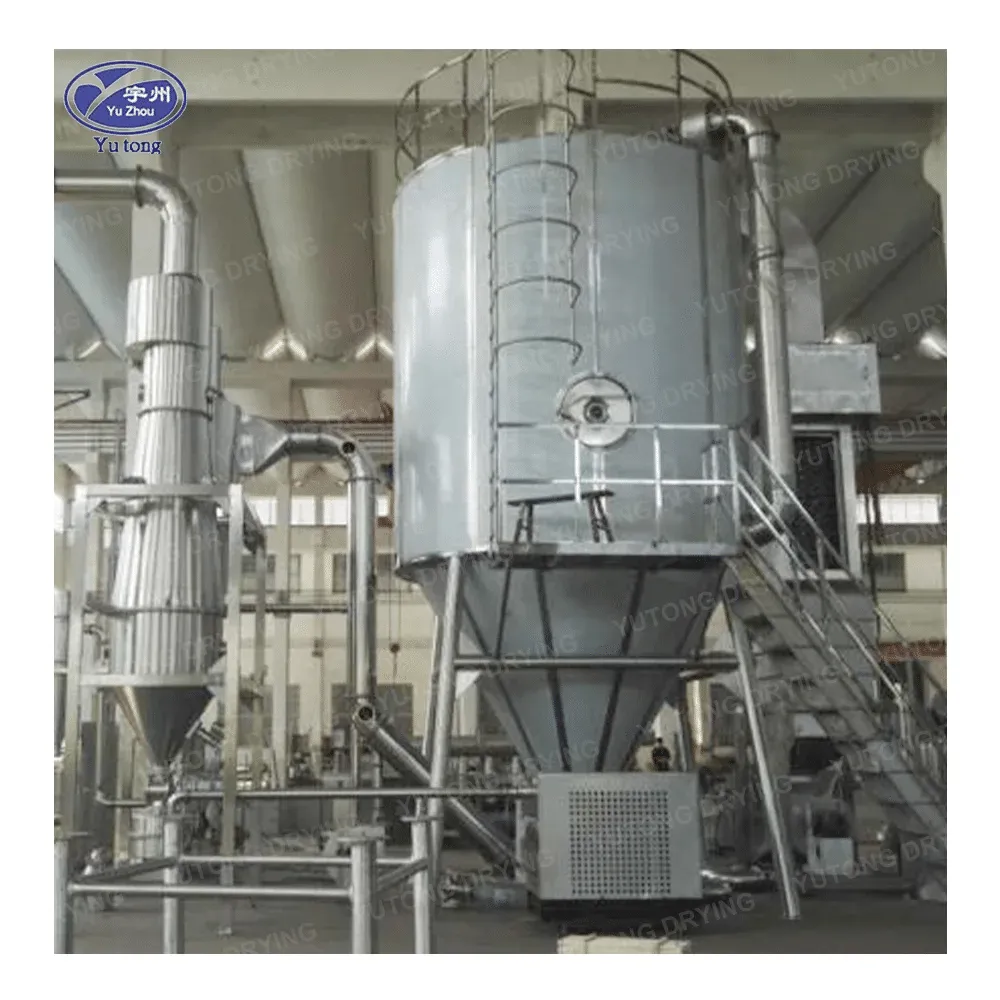Centrifugal dryers are widely used in various industries, including food processing, chemical manufacturing, and pharmaceuticals, to separate liquids from solids efficiently. These machines utilize centrifugal force to remove moisture from wet materials, offering several advantages over traditional drying methods. This article explores the detailed working principle of centrifugal dryers, their components, applications, and the factors that influence their performance.
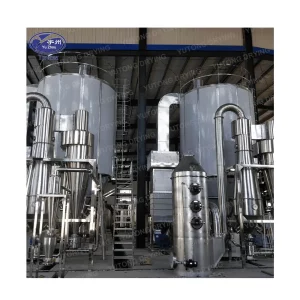
1. Working Principle of Centrifugal Dryers
A centrifugal dryer operates based on the principle of centrifugal force. When a wet material is placed inside a spinning drum or basket, the rapid rotation generates centrifugal force. This force pushes the wet material against the walls of the drum, allowing the liquid to pass through perforations or slots in the drum wall while the solids remain inside. The liquid is then collected and drained away, leaving the solids relatively dry.
2. Components of a Centrifugal Dryer
A typical centrifugal dryer consists of several key components:
Basket or Drum: This is the rotating component where the wet material is loaded. The drum is perforated or has slots to allow liquid to escape.
Drive System: Consists of a motor and transmission mechanism that rotates the drum at high speeds.
Cover or Lid: Used to enclose the drum and prevent splashing during operation.
Drainage System: Collects and removes the liquid that has been separated from the solids.
Vibration Absorbers: Reduce the impact of the machine’s vibrations on the surrounding environment and ensure stable operation.
3. Types of Centrifugal Dryers
There are several types of centrifugal dryers, each designed for specific applications:
Basket Centrifuges: Simplest type, often used in batch operations where the drum is periodically stopped to unload the dried solids.
Decanter Centrifuges: Continuous operation centrifuges that are ideal for high-volume liquid-solid separation.
Disc Stack Centrifuges: Utilize a series of stacked discs to create a sedimentation chamber, suitable for separating very fine solids from liquids.
4. Operation of a Centrifugal Dryer
The operation begins by loading the wet material into the basket. Once sealed, the motor starts, causing the basket to spin rapidly. The centrifugal force generated forces the liquid through the perforations, while the solids are retained. After a predetermined time or once the solids are sufficiently dry, the machine stops, and the lid opens for unloading the dried material.
5. Factors Influencing Performance
Several factors can affect the performance of a centrifugal dryer:
Rotation Speed: Higher speeds generate greater centrifugal force, which improves separation but may also increase wear and energy consumption.
Material Properties: Viscosity, particle size, and density of the wet material can impact how effectively the liquid is separated.
Basket Design: Perforation size and spacing can influence the rate of liquid expulsion and the degree of solids retention.
Load Distribution: Uneven loading can lead to imbalanced forces, affecting the machine’s efficiency and lifespan.
6. Applications of Centrifugal Dryers
Centrifugal dryers find applications in various industries:
Food Processing: For drying fruits, vegetables, and grains.
Chemical Industry: In the production of polymers, pigments, and other chemical products.
Pharmaceuticals: To separate and dry active pharmaceutical ingredients (APIs).
Mineral Processing: For concentrating ores and separating valuable minerals from waste materials.
7. Advantages of Centrifugal Dryers
Efficiency: High-speed separation results in quick drying times.
Versatility: Suitable for a wide range of materials and applications.
Economic: Reduces drying time and energy consumption compared to other drying methods.
Compact Size: Smaller footprint compared to conventional drying equipment.
In conclusion, centrifugal dryers play a crucial role in many industries by providing a fast, efficient, and cost-effective means of separating liquids from solids. Their design and operation continue to evolve, driven by technological advancements and the need for increased sustainability and productivity.

